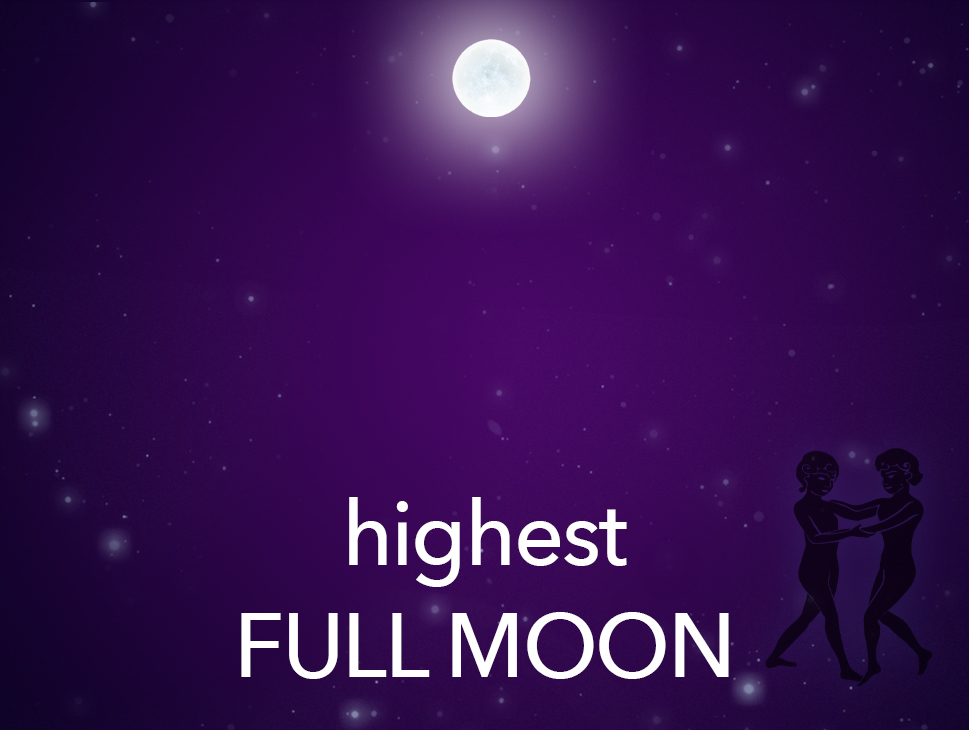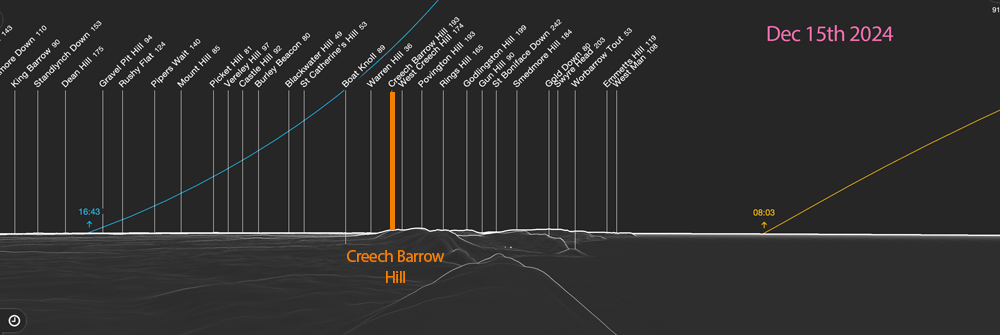Highest Full Moon 2024

The Full Moon occurs when the Moon is directly opposite the Sun in the sky.
Winter Solstice
At winter solstice, the Sun is at its lowest point in the sky. Being opposite the Sun, the Full Moon closest to the winter solstice always takes the highest path of any Full Moon of the year. This year, the highest Full Moon is on the 15th of December.
Summer Solstice
At summer solstice, the Sun is at its highest point in the sky. Being opposite the Sun, the Full Moon closest to the summer solstice always takes the lowest path of any Full Moon of the year. This year, the lowest Full Moon was on the 22nd of June.
Our diagram shows the huge difference between the two paths.

Major Lunar Standstill 2025
At the Major Lunar Standstill, these extremes are even more than usual so it’s a great time to observe.
From your own location, notice the height of the Full Moon’s path across the sky on the 15th of December. Then at each Full Moon, notice how she rises lower and lower until we reach the summer solstice when she’ll reach her lowest. In 2025, this Full Moon is the lowest of the 18.6 year lunar cycle.
Full Moon Rise
Being opposite the Sun, the Full Moon always rises as the Sun sets. It’s interesting to mark on your horizon where the Moon rises on the day of the Full Moon. Over time, this will show the movement of the rise and set of the Moon through the year. Because we are in the Major Lunar Standstill season, it means these differences will be more extreme.
Peak Finder is a great app and online resource that shows the rise and set of the Sun and Moon on our local horizon (link at end of post).
 From our local view on the Dorset coast, we can see where the Full Moon nearest winter solstice 2024 rises – see blue line. The Sun rise point is the yellow line. We have used Creech Barrow Hill as a marker point.
From our local view on the Dorset coast, we can see where the Full Moon nearest winter solstice 2024 rises – see blue line. The Sun rise point is the yellow line. We have used Creech Barrow Hill as a marker point.
 This diagram shows the rise location of the Sun and Moon back in June when the Moon was full on the 22nd. The rise positions of both the Sun and the Moon are very different to the winter solstice Full Moon as you can see – blue is Moon and yellow is Sun.
This diagram shows the rise location of the Sun and Moon back in June when the Moon was full on the 22nd. The rise positions of both the Sun and the Moon are very different to the winter solstice Full Moon as you can see – blue is Moon and yellow is Sun.
We highly recommend using Peakfinder
Note: this article is about the highest and lowest Full Moons of the 18.6 year lunar cycle. The actual highest and lowest Moons are the half Moon either side of the spring equinox in 2025.


You must be logged in to post a comment. If you do not have an account, register here.